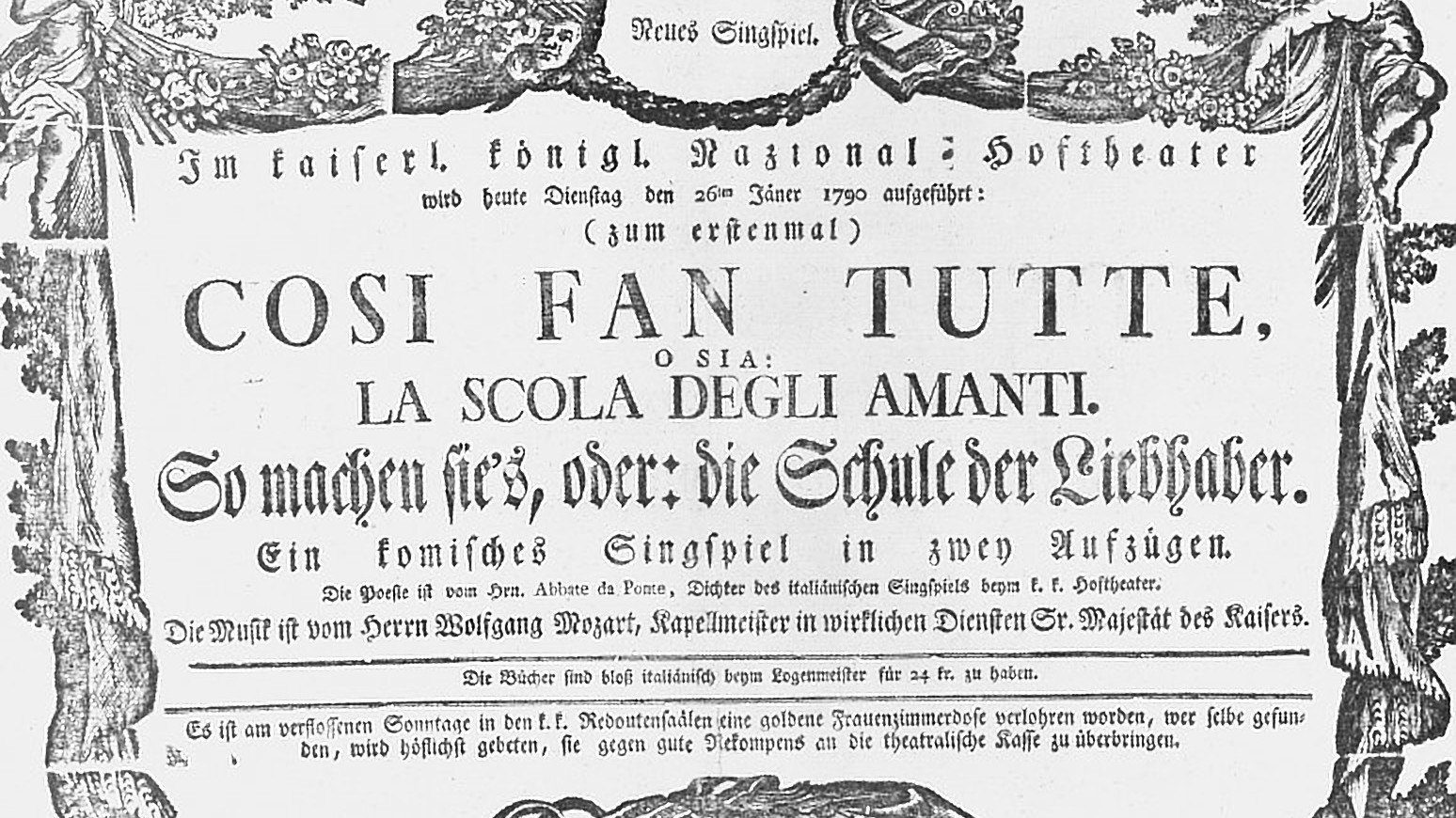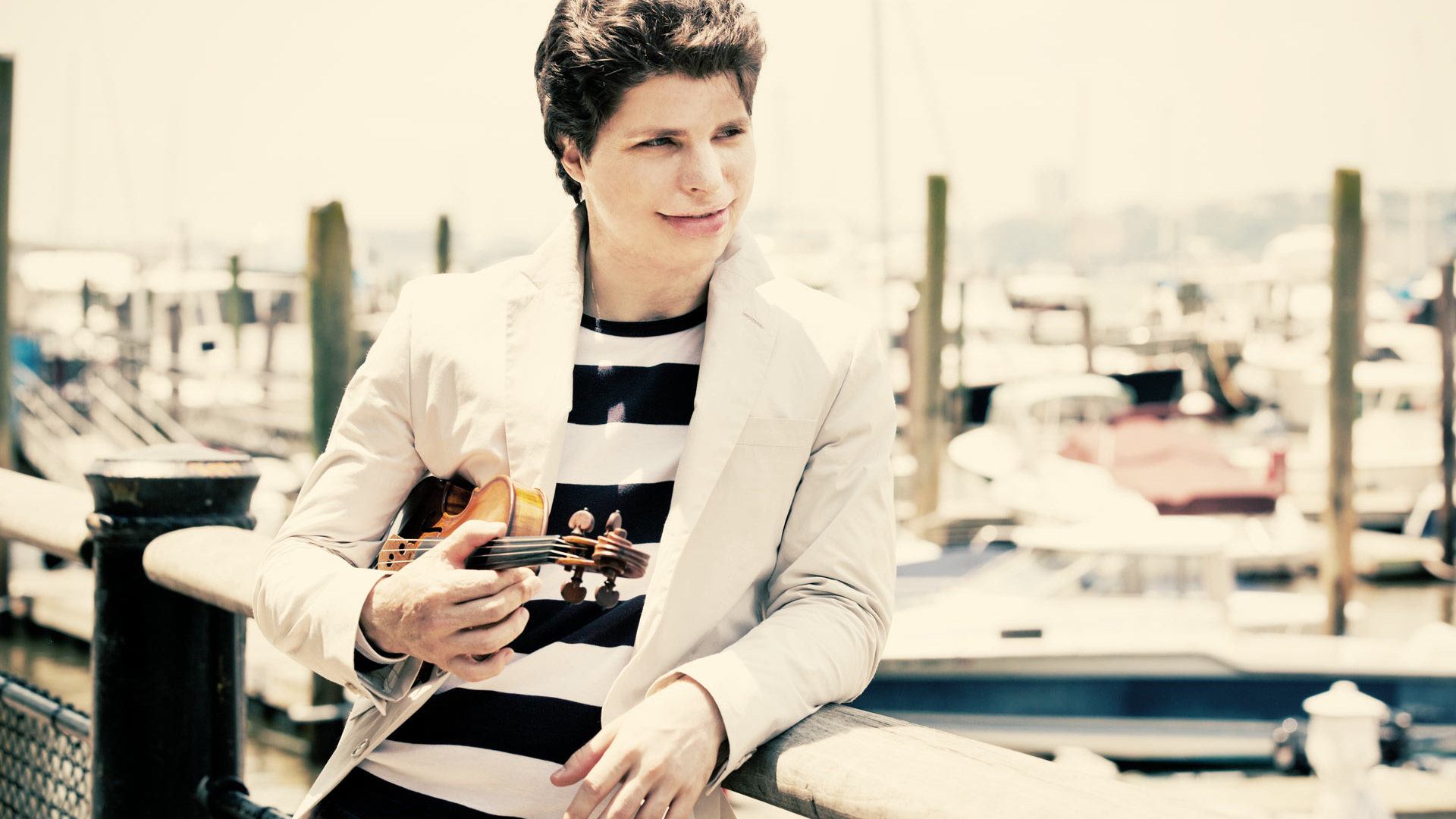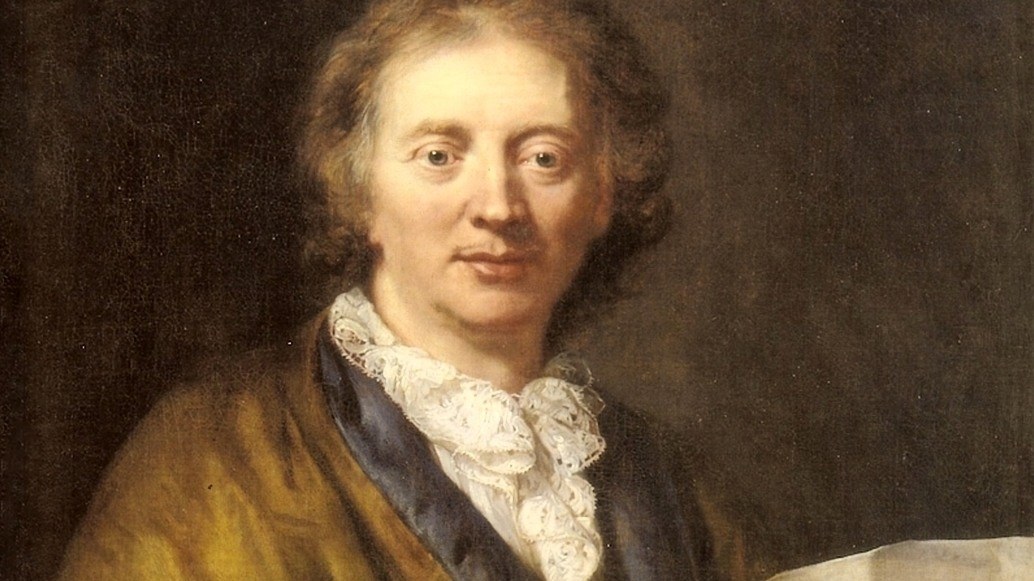Remembering Michael Tree
The violist Michael Tree, a founding member of the Guarneri String Quartet, passed away last Friday. He was 84. The son of violin teacher and author Samuel Applebaum, Tree was a student of Efrem Zimbalist at the Curtis Institute. Zimbalist urged him to change his name in order to advance his career. (Baum is a German surname meaning “tree.”) Michael Tree was a member of the Guarneri Quartet from the time of its founding in 1964 at …







